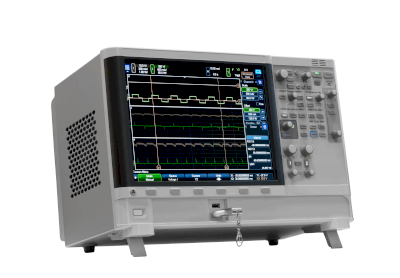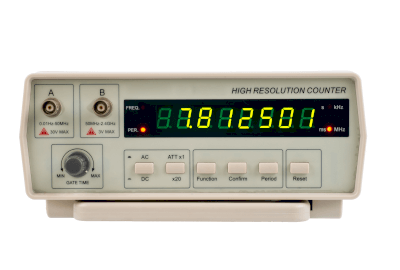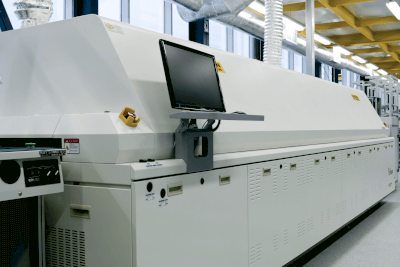What Is a Ceramic Resonator?
A ceramic resonator is an electronic component that uses the vibration of a ceramic material, commonly lead zirconate titanate, to create oscillations at a specific frequency. These devices offer a more cost-effective and compact solution compared to quartz-based oscillators, making them suitable for many electronic applications where high precision is not critical.
Uses of Ceramic Resonators
Ceramic resonators are typically used in oscillation circuits for clocks in digital circuits, particularly where miniaturization and weight reduction are prioritized:
- Digital clocks and smartwatches
- Timers for home appliances like microwave ovens
- Automobile engine control units (ECUs)
- Audio equipment and musical instruments tuning
- Clock signal generation in data communication equipment
- Measurement and control devices timing control
- Robots and automatic control systems
- Medical device timers and controllers
- Electronic locks and security systems timing control
- Battery management in mobile devices
Principle of Ceramic Resonators
The operation of ceramic resonators is based on the piezoelectric effect, where physical deformation and electrical signals are interconverted in ceramic materials:
1. Piezoelectric Effect
Applying an electrical signal to the ceramic material causes it to deform and vibrate, generating a frequency determined by its physical properties.
2. Vibration Control
The resonator stabilizes the vibration through a feedback control mechanism, using the voltage generated from the ceramic’s vibration.
3. Signal Output
The ongoing vibration of the ceramic material produces a voltage, which is then used as a stable clock frequency output.
Characteristics of Ceramic Resonators
Compared to crystal and LC oscillators, ceramic resonators offer several advantages:
1. Compact and Lightweight
Due to the small size of the ceramic materials, the overall circuit can be made compact and light.
2. Cost-Effective
Ceramic materials are relatively inexpensive, making these resonators a cost-effective option for mass production.
3. Low Power Consumption
They generally operate with low power consumption, enhancing energy efficiency in battery-powered devices.
4. High Reliability
Ceramic materials are robust and provide stable oscillations over a wide range of temperatures.
5. Wide Frequency Range
These resonators can operate across various frequencies, suiting a range of applications.
Limitations of Ceramic Resonators
Despite their advantages, ceramic resonators have certain limitations compared to crystal and LC oscillators:
They offer less frequency stability and are not ideal for high-frequency or specific frequency range applications. Unlike LC oscillators, their oscillation frequency is not easily variable, limiting their flexibility in some use cases.


